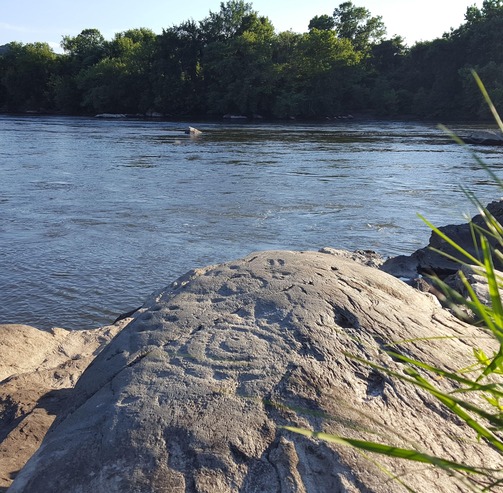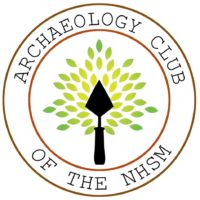For hundreds, if not thousands of years, the activity of creating rock art flourished on the lower reaches of the Susquehanna River. Although the majority of these ancient carvings are now under water impounded by dams, those remaining still constitute the largest concentration of Native American petroglyphs in the northeast United States. Paul Nevin has been researching, documenting, and visiting these rock art sites for more than forty years. In this program, Paul will present a survey of these enigmatic sites, with a special focus on the spectacular Safe Harbor Petroglyphs, located on the Susquehanna River in Lancaster County, Pennsylvania.
Paul Nevin is president of the Lower Susquehanna Archaeological Society, and former Director of Susquehanna National Heritage Area’s Zimmerman Center for Heritage in Wrightsville, PA. Paul is acknowledged as the leading authority on the rock art of the lower Susquehanna River, and is the author of the new book “A Guide to the Safe Harbor Petroglyphs.”
This meeting of the NHSM Archaeology Club will take place on Zoom. To receive the Zoom link and passcode via email, register for the program. Please contact the club coordinator (mfalk@marylandnature.org) with any questions.
Natural History Society of Maryland’s Archaeology Club promotes the value of archaeology in Baltimore City, Baltimore County, and surrounding areas. The goal of the Archaeology Club is to educate citizenry in the ethics, methods, and artifact preservation methods of archaeology and how archaeology can be used to document, discover, and promote local history. The Archaeology Club is inclusive to all persons who have an interest in archaeology.
If you are an archaeology enthusiast, please consider joining us. You must be a member of NHSM to join any of its clubs. Follow this link to learn more: https://www.marylandnature.org/club-membership/
The Natural History Society of Maryland is a volunteer-led non-profit organization, so the fee you pay will go directly to support the programs, the nature collections, and the building that make this kind of nature education possible.


